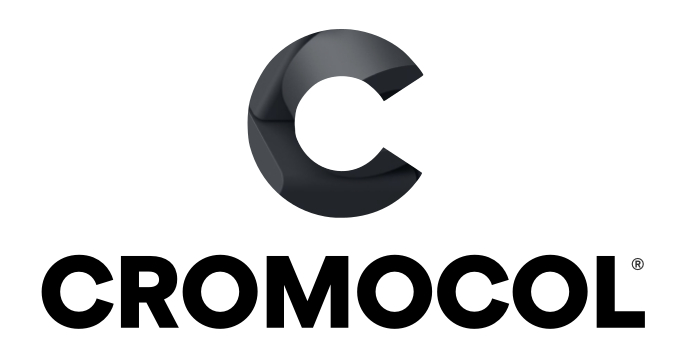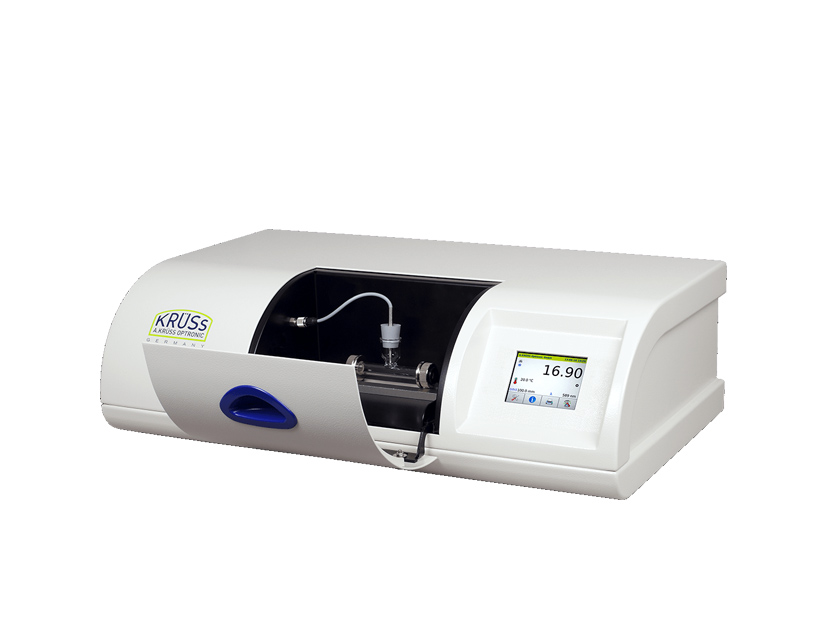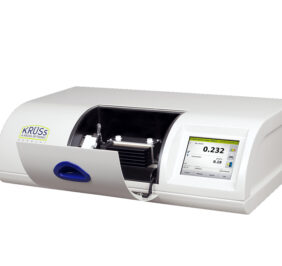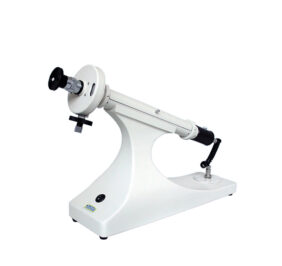Beskrivning
Polarimeter Economy
Good performance at an attractive price
One of the most important quality control methods used in the pharmaceutical, chemical, cosmetics, food and beverage industry is polarimetry – optically active substances are analysed by determining their angle of rotation. The angle of rotation allows you to ascertain the identity and quality of substances as well as their concentration in mix tures. It can also indicate the progress of reactions and conversions. Polarimeters are used in a wide range of applications – from the determination of the purity and concentration of ingredients in pharmaceuticals to the maturity testing of agri cultural products to the measurement of the sugar
con tent in beverages and candies.
The polarimeter P3000 is the economical solution for standard applications for which a measurement accuracy of ±0.01° is sufficient. It performs its tasks in the record measurement time of approx. 1 s that you are familiar with from our digital polarimeters. The measured values are optionally displayed as an optical angle of rotation or on the international sugar scale of the ICUMSA. If desired, they can be printed on a serial ASCII printer. Thanks to the reliable temperature compensation, it is possible to measure at any temperature specified in the ICUMSA; the results will then be converted to the value for 20 °C.
- Very easy to operate 3,5” touchscreen
- Easy, menu-driven adjustment
- Measured values are optionally displayed as an optical angle of rotation or on the international sugar scale
- Reliable temperature compensation
- Suitable measurement tubes for any type of sample
- Measurement up to an optical density of 3.0 OD
- Very short measurement time of approx. 1 s
- Compliance with pharmacopoeias [USP, BP, JP, Ph. Eur. (with temperature control)], GLP, ASTM, ICUMSA, NIST
Typical Applications
The P3000 Economy polarimeters can be used for a variety of
applications in the pharmaceutical, chemical and sugar industries as
well as in hospitals and pharmacies.
- Determination of the sugar concentration in raw materials,
preliminary, intermediate and end products - Monitoring of chemical processes, e.g. during the
manufacture of invert sugar - Purity control
- Incoming/outgoing goods inspection
- Control of pharmaceutical products according to
pharmacopoeias
See leaflet for more details.



